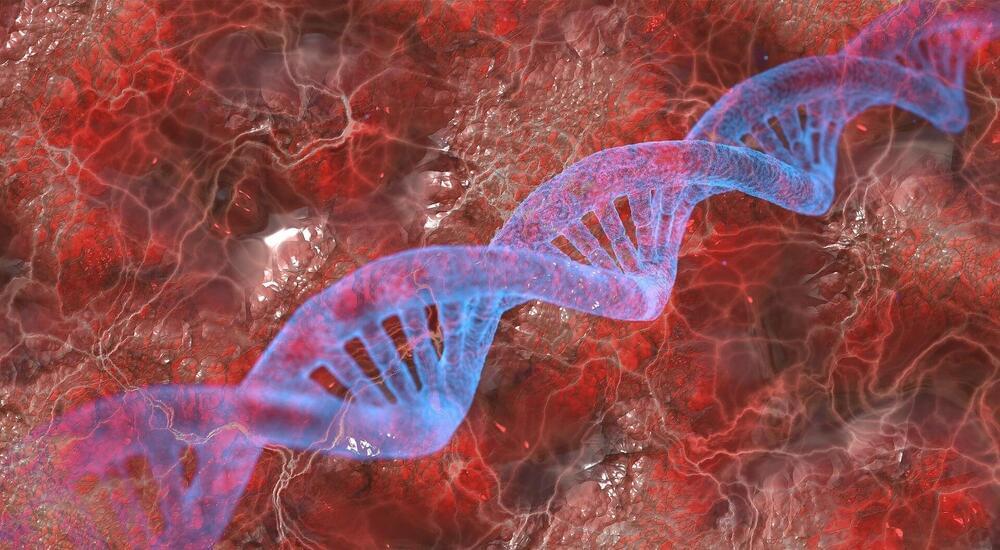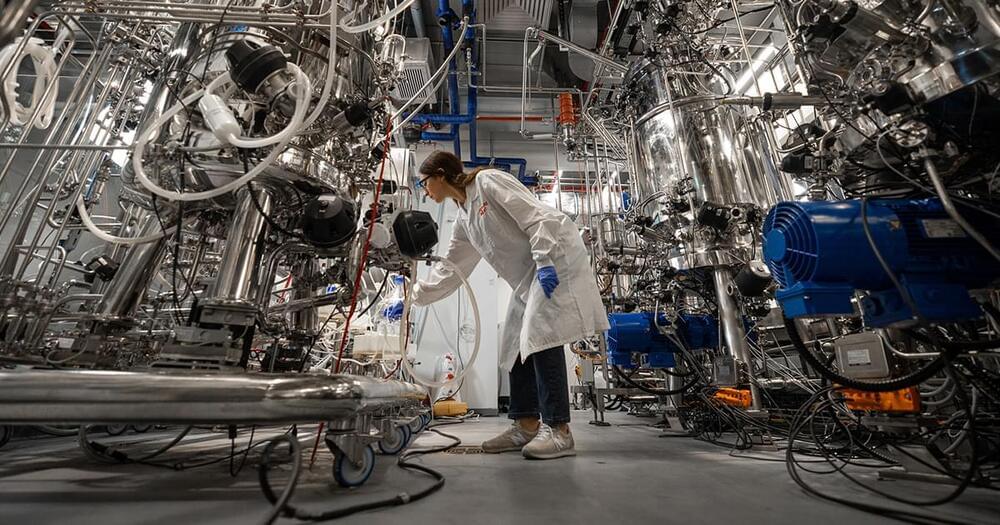Since May, the engineering team with NASA’s Voyager 1 spacecraft had been trying to solve a mystery. The 45-year-old spacecraft seemed to be in excellent condition, receiving and executing commands from Earth, along with gathering and returning science data — but the probe’s attitude articulation and control system (AACS) was sending garbled information about its health and activities to mission controllers.
The AACS controls the spacecraft’s orientation and keeps Voyager 1’s high-gain antenna pointed precisely at Earth, enabling it to send data home. Though all signs suggested that the AACS was still working, the telemetry data was invalid.
While the spacecraft continues to return science data and otherwise operate as normal, the mission team is searching for the source of a system data issue.
The engineering team with NASA’s Voyager 1 spacecraft is trying to solve a mystery: The interstellar explorer is operating normally, receiving and executing commands from Earth, along with gathering and returning science data. But readouts from the probe’s attitude articulation and control system (AACS) don’t reflect what’s actually happening onboard.
The AACS controls the 45-year-old spacecraft’s orientation. Among other tasks, it keeps Voyager 1’s high-gain antenna pointed precisely at Earth, enabling it to send data home. All signs suggest the AACS is still working, but the telemetry data it’s returning is invalid. For instance, the data may appear to be randomly generated, or does not reflect any possible state the AACS could be in.








